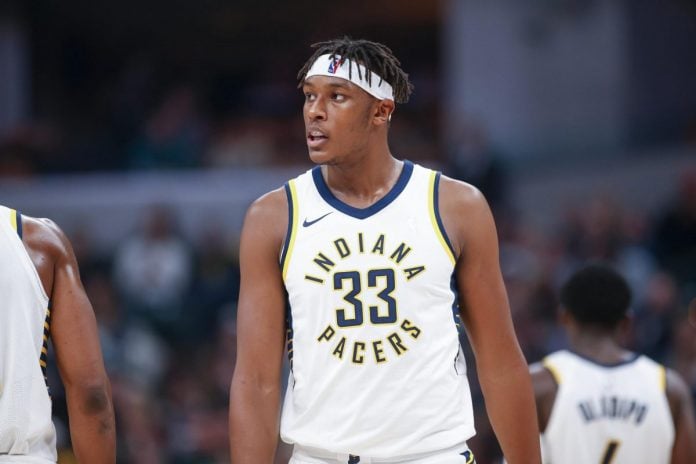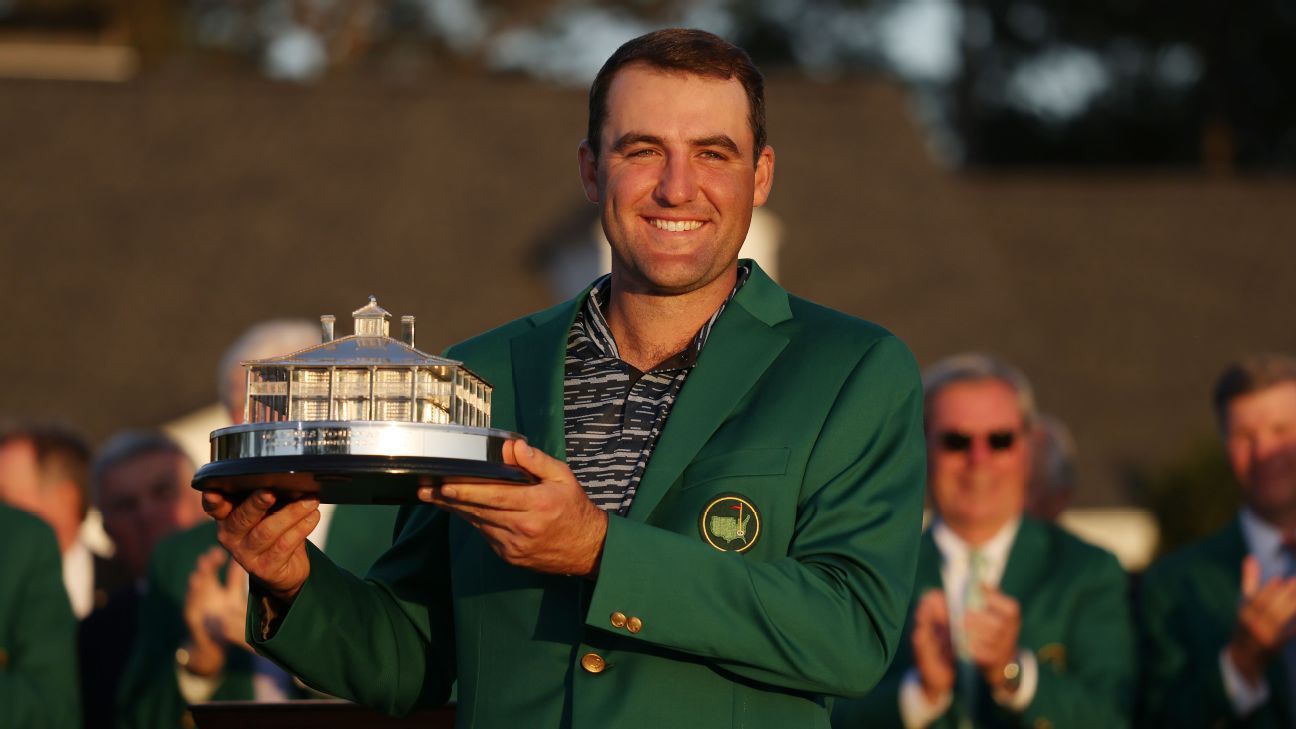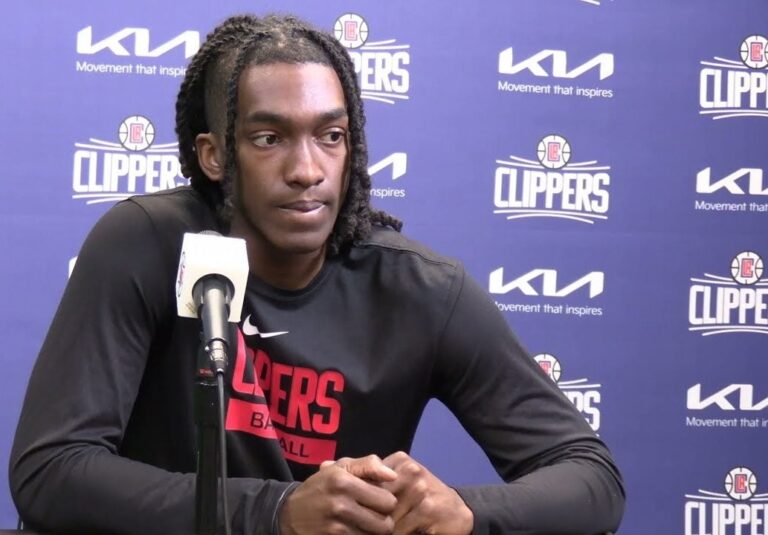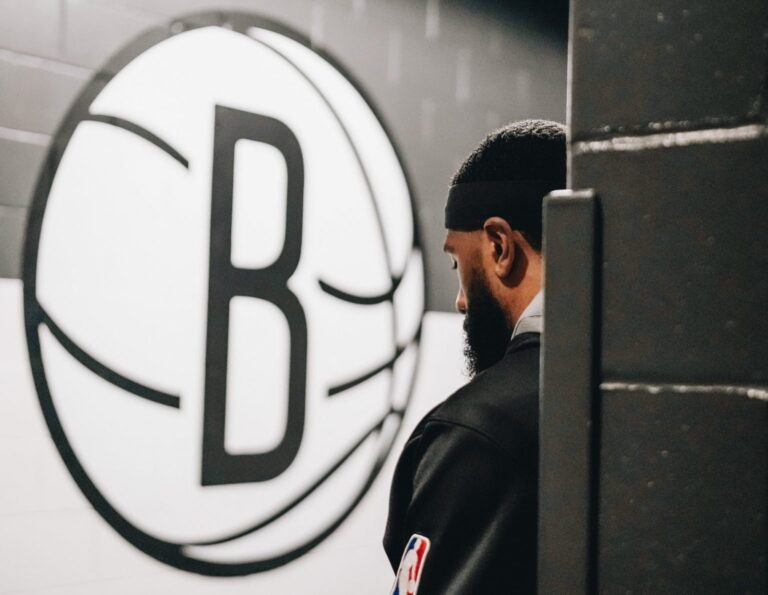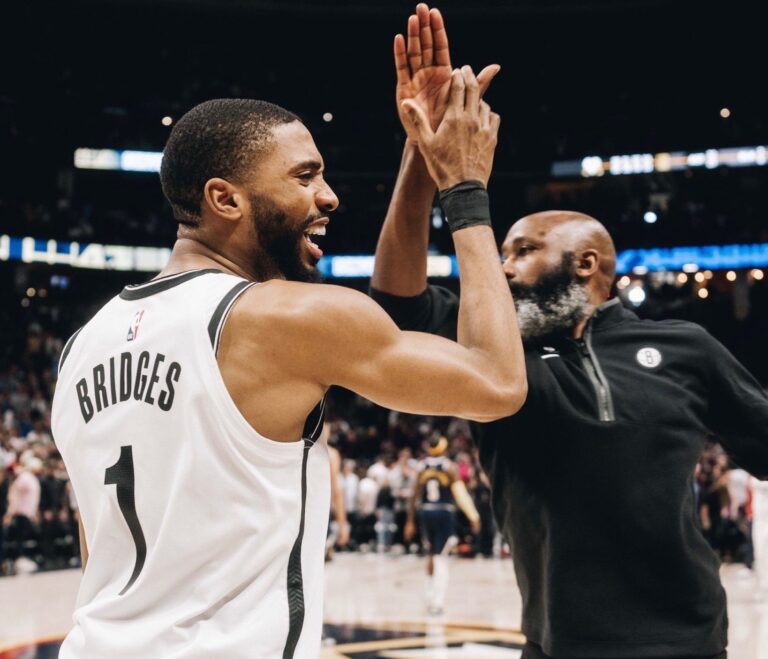Manchester United’s £120m transfer budget limit is more Glazer nonsense – Man United News And Transfer News
17
The uncertainty of Manchester United’s ownership situation has cast a cloud over Erik ten Hag’s summer plans, with no one quite certain of exactly what the club are capable of doing in the current transfer window. Seemingly fans are being asked to engage in a mass delusion of cognitive dissonance as their club pleads poverty in the face of Financial Sustainability regulations while the likes of Chelsea spend hundreds of millions on new players.
Here, The Peoples Person takes a look at exactly what UEFA’s ruling means for United, how much can be spent while remaining compliant, and to what extent the Glazers – along with all that comes with them – are harming the club’s ability to operate effectively in the transfer market.
UEFA’s Financial Sustainability Regulations – the official name for the replaced Financial Fair Play rules – are composed of three parts. Firstly, and most simply, the No Overdue Payment rule decrees that financial accounts are checked every quarter to ensure bills are being paid on time. Secondly, the Football Earnings rules states that clubs cannot exceed losses of €60m over any given three-year period. Finally, the Squad Cost Rule determines that a club can spend no more than 70% of their revenue on player and head coach wages, transfer expenditure, and agent fees over the course of a calender year.
Despite Manchester United’s gargantuan debt, the club has never been in serious risk of failing to meet payments on time, whether that concerns the debt accrued by the Glazers’ leveraged buyout some eighteen years ago, or the transfer obligations still owed. So far so good.
Football Earnings and the Glazer problem
The Football Earnings Rule does affect what United are able to spend, and particularly in relation to having the owners that they do. Last week, the club’s annual profit forecast was revised upwards, with up to £150m expected in black. Given that a €60m-loss over a three-year period can roughly be equated to £15m per annum, that gives Erik ten Hag about £165m to play with under the Football Earnings Rule, although that is significantly less than what he would have under more invested owners.
This is because Premier League regulations allow for owners to top up those accounts by £90m a year, as stated by football finance expert Kieran Maguire.”[This] is where we get this legendary £105m loss,” he says, adding, “But of course, the Glazers never put a penny in.”
In effect, United could spend as much as £255m this summer and still operate within the bounds of acceptable losses – just not with owners so allergic to investment. It is here that the likes of Man City, Chelsea, and Newcastle United enjoy a significant advantage over The Red Devils.
The Squad Cost Rule
The Squad Cost Rule is the tricky one. As stated before, it will enable clubs to spend a maximum of 70% of their revenue on player and head coach wages, transfer expenditure, and agent fees, but that specific limit need not be reached until the 2025/26 season. This year United can spend 90% of their revenue, and next year 80%, before reaching UEFA’s stated target. The given reason for this slow slide to seventy is to allow clubs time to adapt to the new ruling.
Man United’s forecasted record annual revenue of between £630m and £640m puts them in a strong position here. It would give the club a budget of roughly £570m to spend on total squad costs. Obviously, much of that is accounted for by player and head coach wages already. Erik ten Hag is reportedly earning around £9m-a-year, while United’s wage bill for 2023 is just shy of £216m.
That leaves £345m ‘spare’, although agent fees – such as the one that will be paid to Marcus Rashford‘s brothers once a new contract is agreed – will also play a part. The new deals for Luke Shaw, Diogo Dalot, and several others will also chip into this figure, as will any loan fees United paid to bring Jack Butland, Wout Weghorst, or Marcel Sabitzer to the club, although these will likely be negligible in the grand scheme of things.
Outstanding Transfer Costs
More significant will be outstanding transfer debt, which will also affect calculations towards the Squad Cost Rule. Manchester United were thought to owe around £307m in outstanding transfer instalments back in January, although that figure is shrinking rather quickly, according to the BBC.
How that affects the club’s ability to spend is twofold. On the one hand, United need to limit their losses as to the Financial Earnings ruling discussed previously. But with our focus on the Squad Cost Ruling for now, it is important to be aware of how much of the team’s previous spending on transfers will affect the upcoming season’s accounts.
That leads quite snugly onto amortisation, which is simply the process of spreading a transfer fee over the length of a player’s contract for accounting purposes. Chelsea spent the entirety of last season tying players into eight-year deals for no other discernable reason than to exploit this process in order to spread costs over longer periods, and thusly skirt regulations. As of the first of this month, transfer fees can be amortised for no longer than a five-year period. On a side note, this is why it was so important for Chelsea’s to complete the signing of Nicholas Jackson from Villarreal before that ruling came into effect on July 1st, while paying his €37m release clause could still go down as a €4.625m-per-annum cost, rather than a €7.4m one.
As for Manchester United, last summer’s ‘historic spending’ saw (according to Transfermarkt) €238.02m spent on Antony, Casemiro, Lisandro Martinez, and Tyrell Malacia, all of whom were signed to 5-year deals. That would mean that United could spread the cost at around €47.6m per year – around £41m in English money.
Of course, United are still feeling the amortisation costs of previous years – the 2019/2020 season saw an outlay of around €224.8m to bring Harry Maguire, Aaron Wan-Bissaka, Daniel James, and January addition Bruno Fernandes to the club. That would be around another £38.6m-odd still on the books this term.
The season between those two was modest by comparison, but as it all counts; Donny van de Beek, Amad Diallo, Facundo Pellistri, and Alex Telles arrived €83.8m, or an annual amortised cost of £14.4m. Ole Gunnar Solskjaer’s last season saw Jadon Sancho arrive on a 5-year deal for around €85m (£14.6m a year over the length of his deal), Raphael Varane for €40m (£8.6m over his four-year contract), and Cristiano Ronaldo for €17m on a three-year term (about £4.9m spread).
Adding all of those annual amortised costs up would suggest that Man United are committed to spending around £107m of their season’s Squad Cost budget on historic transfer fees.
Impact on Budget
We subtract that from the ‘spare’ £345m from earlier, and we get a budget of around £238m – about twice the size of the reported budget that fans keep hearing about. From that we still need to subtract agent fees, however, on which the club reportedly spent just under £25m last season up to March. Given United renewed a couple of contracts in the months following and are due to renew Rashford’s deal – and possibly David de Gea’s too – we can ballpark that at around £30m for now.
Doing so would still enable Man United to spent over £200m this summer, before even getting into any kind of amortisation trickery. And while any new acquisitions would also come with an increase to United’s salary costs and expenditure on agents, the club would theoretically be able to sign three £100m players to five-year deals, amortise the costs over the lengths of their respective contracts, and still have plenty of change to fill out the squad with a couple of £50m acquisitions.
Of course, that is the upper limit. If we were to have assumed that Man United were planning to get their squad cost to within 70% of their annual revenue two years ahead of schedule, their overall Squad Cost budget would be £448m rather than £570m. Subtracting the committed amortised transfer spend, the player and head coach salaries, and the agent fees then leaves us with around £109m remaining for squad improvements. Now we are back in line with the reported £100m-£120m budget, although again we need to consider the effect of amortisation to decipher what the club really could do it they chose to. Potentially, four absolutely top dollar players could join Mason Mount on five-year deals, and United would remain compliant.
A Word of Caution
There would be a risk associated to that strategy, however. As we saw when assessing the fees the club are still accounting for over the last five years, some signings don’t work out, but that does not mean that cutting your losses is an easy way to get them off your books. Daniel James and Cristiano Ronaldo are still having their transfer fees paid off despite neither being at the club, while Alex Telles, Donny van de Beek, and Harry Maguire all face uncertain futures having slid down the pecking order. Man United will certainly want to break out of the cycle of being tethered to players beyond their usefulness. That could go a long way to explaining the reluctance to go big on the likes of Harry Kane and Declan Rice this summer. The former would be 34 by the end of a five-year deal, while the latter has reportedly always had doubters among the staff at Old Trafford.
So while there is a logical reason behind being more cautious this summer – and certainly, there is a value inherent in pleading poverty when a reputation as an over-payer precedes you – it would appear that Manchester United’s concerns over financial sustainability are somewhat overplayed. To assume that Ten Hag has up to £100m-£120m to spend due to a UEFA ruling, one must (1) assume that the Glazers are planning two years ahead with sustainability in mind, (2) ignore the impact of amortisation on the club’s possibilities, and (3) round it all off by dismissing the fact that the current owners have not and never will invest in the team off their own backs. This summer, the club should be more than capable of competing for the best players on the market.
So What can the Club really get?
As a bottom line, the club should be able to spend its own revenue of £150m, as well as the £15m UEFA permit for acceptable losses. An additional input of £90m from a committed owner would take the summer budget up to £255m as an upper limit, and one that United could stretch further by amortising fees over the length of player contracts. Note that totals of the addition of annual salaries and agent fees paid to bring in new recruits would come straight off that budget.
Taking Mason Mount as an example: he will earn around £13m-a-year, has a transfer fee which can be amortised to £12m per season, plus a ballpark 7% commission to the agent (around £4m in this case), meaning that – in accounting terms – the Chelsea academy graduate will cost around £30m of that budget. United could feasibly sign seven more players on similar terms with an owner willing to invest in the team. Even without one, the provisions are there to sign four.
Potentially, applying all of these rules would give United a theoretical transfer budget of between £300m and £480m without falling foul of UEFA’s rules, but that would be affected by a number of unknowns. What seems clear is that the widely reported view that anything over £120m would violate the new sustainability regulations is utter nonsense, peddled, presumably, by the Glazers and accepted at face value from the mainstream media.
One could also argue that the lack of willingness from the Glazer family to provide such an injection in January made Erik ten Hag’s job last season significantly more difficult. Rather than penny pinching to loan Weghorst, Sabitzer, and Butland, such an investment could have seen United add genuine quality through the spine of their side – something Ten Hag is now scrambling to do this summer.
Manchester United are limited in what they can do in the transfer market, but the Glazers are as much of a factor in that as anything else.
Follow The Peoples Person on Twitter or Instagram for all the latest news as it happens and to join in the conversation.
Check out our Latest News and Follow us at Facebook
Original Source


